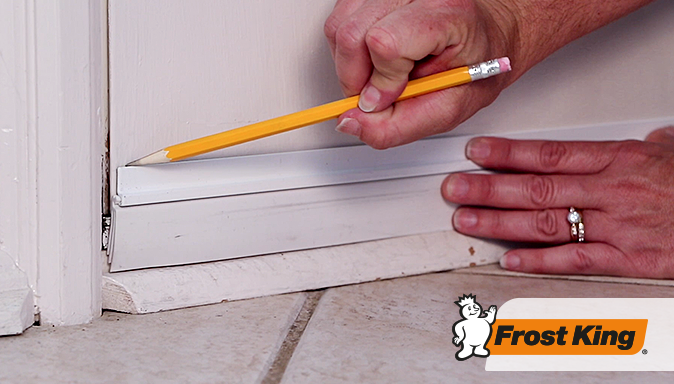Americans spend 90% of their time indoors—and most of that time is spent at home where, according to the Environmental Protection Agency, the concentration of air pollutants can be two to five times higher than outside.
Poor indoor air quality can cause symptoms like headaches, fatigue, and trouble concentrating, irritate your eyes, nose, throat, and lungs, and aggravate asthma symptoms. Indoor air quality also plays a role in the transmission of COVID, flu, and other viral illnesses—so maintaining good quality air is a crucial step in maintaining good health.
In the warmer months, you can improve your home’s air quality just by opening a window and letting in fresh air, but in the cold winter months when that’s not an option you’ll want to take some extra steps to ensure the safety of the air you and your family breathe at home.
The top sources of indoor allergens are:
• Pets
• Wall-to-wall carpeting
• Soft furniture
• Stuffed toys
• Bedding
• Damp areas
• Mattresses and bedding
Here’s what you can do to address these problem areas and make the air quality in your home better for everyone who lives there:
Improve ventilation. Without good ventilation, pollutants and poor quality air keep circulating throughout your home. Changing filters regularly is one of the easiest things you can do to improve indoor air quality. The filter in your HVAC system traps dust, pet dander, and pollen, helping to clean the air in your home, so make sure you’re changing it regularly with the best filter possible. But remember that your HVAC filter isn’t the only one you need to maintain: clean or replace filters in kitchen vents, clothes dryers, and your vacuum cleaner on a regular basis too.
In addition to improving air quality, proper ventilation can reduce the concentration of viruses indoors, helping to protect your family and keep everyone healthier. When it’s too cold to open windows and doors, just running bathroom and kitchen fans can remove virus particles from the air before they settle on surfaces and infect someone.
Eliminate contaminants like pet dander, dust, dust mites and pollen. Remove pollutants by vacuuming carpets, rugs, furniture, and pet bedding with a HEPA filtered vacuum once or twice a week and filter out dust, smoke, and pollen from rooms with an air purifier. If you have pets, you may want to consider keeping them out of sleeping spaces to cut back on dander exposure. The Allergy and Asthma Foundation suggests using covers on pillows and mattresses, and washing toys and bedding in hot water (130 degrees Fahrenheit or hotter) and drying them on a hot dryer cycle to kill dust mites.
If you live in an area with smog and haze or are close to pollution sources like highways, power plants, or oil refineries—or if you just want to cut back on dust and pollen—take extra steps to keep these outdoor pollutants out of your home. Start by checking the thresholds on exterior doors: if they don’t have a nice snug fit replace them and add a door sweep to the bottom of doors.
Reduce or eliminate mold. Mold spores can build up in room with lots of water, such as kitchens, bathrooms, and laundry rooms. Reduce moisture by turning on the bathroom fan whenever you shower, running a dehumidifier in the basement, and fixing any water leaks as soon as possible. Ductwork can also harbor mold spores; if you suspect there is mold growing in your ductwork, hire a professional duct cleaning service to clean the ducts safely and thoroughly. And if you see mold anywhere in your home, don a mask and scrub the surfaces with detergent and water.
Choose household products carefully. One smart way to minimize pollutants is by choosing products that don’t emit them in the first place. Instead of cleaning surfaces with harsh chemicals, use soap and water or a vinegar solution, don’t burn incense or candles, and ditch the essential oil diffusers. For paint projects, choose non-toxic, low odor zero-VOC paints that are formulated without volatile organic compounds.
Seal the deal. Once you’ve followed these tips to eliminate indoor air pollutants, take the extra step to keep pollutants from attic insulation, dust, mold spores, and moisture from seeping into your living spaces. Check out our guide to sealing attic spaces for detailed instructions on how to identify and fix attic air leaks with Frost King’s weatherization products.
